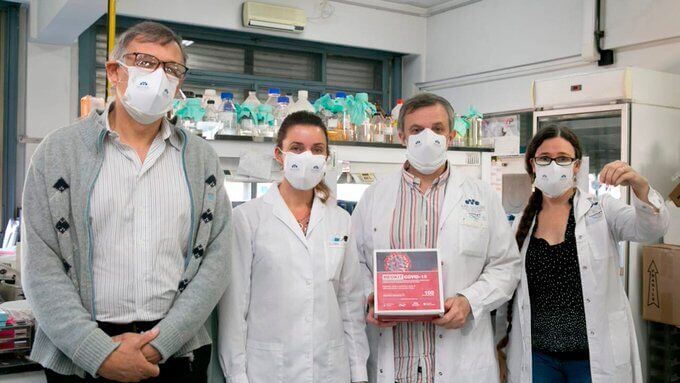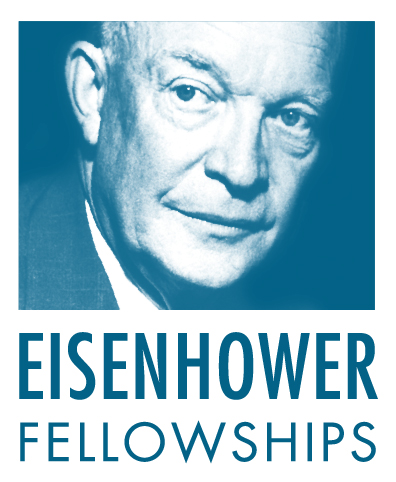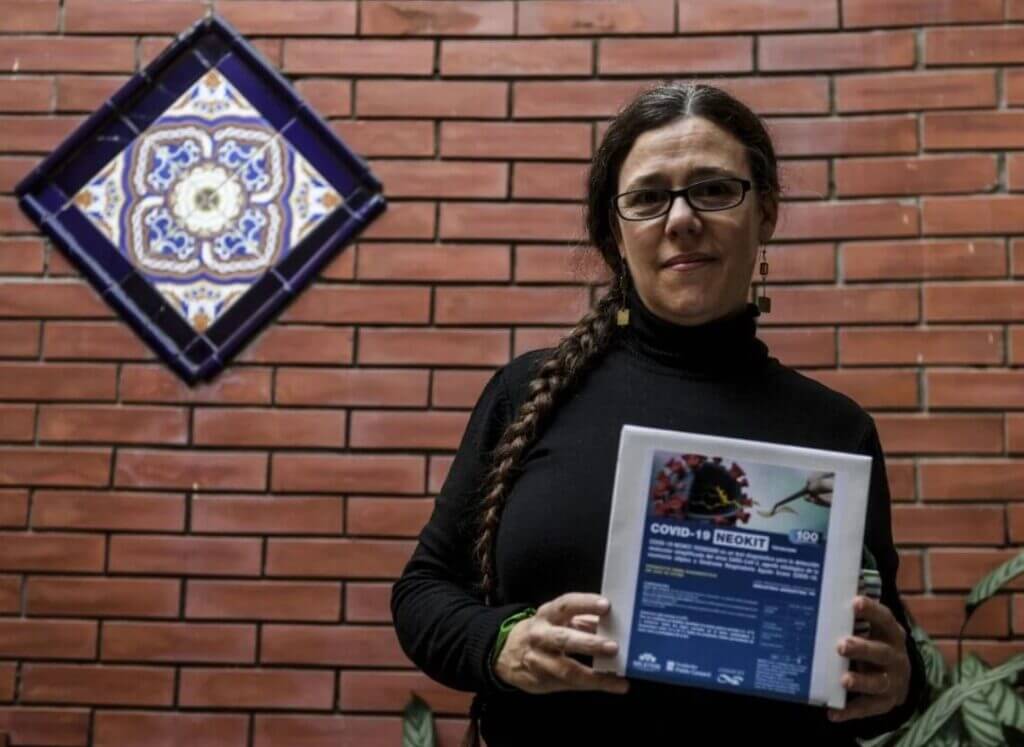In Argentina, Dr. Carolina Carrillo, an Eisenhower Fellow in our 2015 Women’s Leadership Program, has helped lead the development of a new fast and inexpensive molecular diagnostic test for Covid-19 that the government recently approved for use.
Carolina, a senior researcher at the César Milstein Institute for Science and Technology, is one of two leaders of the scientific project that developed a new low-cost, easy-to-use diagnostic kit for Covid-19 that indicates whether a person is infected with the SARS-CoV-2 Coronavirus in little more than an hour.
The team of researchers led by Carolina and Dr. Adrian Vojnov was working on the development of a similar test for other diseases—at first, Chagas, Syphilis and others, more recently Zika, Chikingunya and Dengue–when the Covid-19 crisis began and they quickly shifted their focus towards the new pandemic. With the support of the Argentine Ministry of Science and Technology, this allowed them to develop the test in just 60 days. During development the test was validated with clinical samples and then evaluated by the National Administration of Drugs, Food and Medical Technology, which certified the test and granted marketing registration on May 15.
The diagnostic kit, known as NEOKIT-COVID-19, uses RNA previously purified from nasopharyngeal, buccopharyngeal, sputum, and saliva swab samples. This new diagnostic kit is based on the loop-mediated isothermal amplification (LAMP) technology and, as in the process of Reverse Transcription Polymerase Chain Reaction, better known as RT-PCR, works on the principle of multiplying the number of copies of a certain fragment of RNA. The big difference is that the entire reaction takes place at a constant temperature of 64 degrees Celsius (147.2 degrees Farenheit) and thus no thermocycler is required, only a heating device that can maintain a constant temperature akin to a warm water bath. The kit´s sensitivity limit was determined in 12.5 copies of the viral genome.
“The sample is placed in a reaction tube and, after the reagents are added, a purple color can be seen. The solution is heated for one hour at 64 degrees Celsius and the resulting color is then observed. If it is still purple the reaction is negative, that is, there is no presence of SARS-Cov-2 virus in that sample. But if it changes to blue or light blue, the result is positive due to molecular amplification,” Carolina explains. “The entire process takes just over an hour, while the RT-PCR takes four hours.” She added that the test is much cheaper, between 25 and 40 percent less expensive per reaction, than the standard RT-PCR reaction.
So far, the test requires that the RNA be previously extracted from the patient´s sample, the same way that occurs with the RT-PCR technique, but as Carolina explains, they are currently working to find a way to avoid the step of having to purify the RNA.


